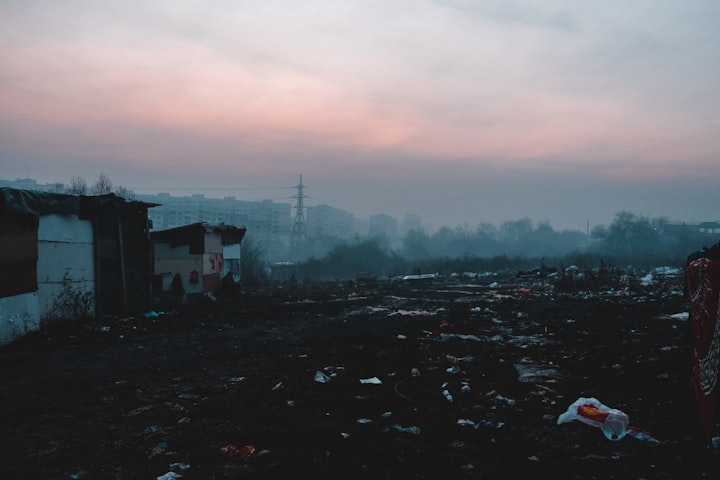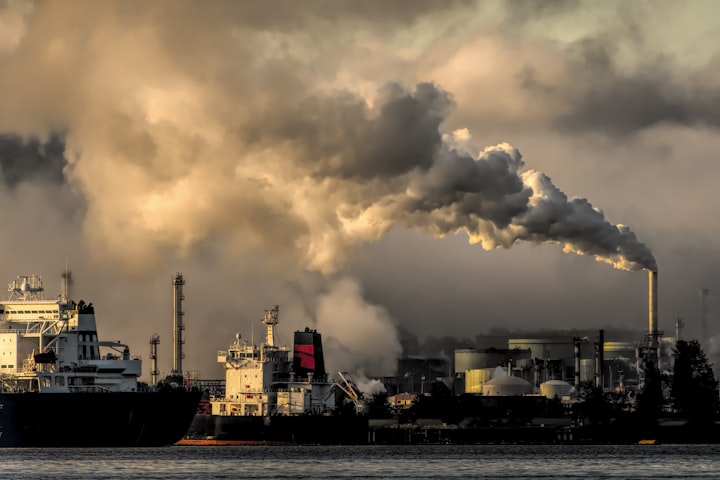
These are the occasions when the world, driven by globalization, is going through many changes and progressions. Quick industrialization is a necessary part of these changes. However, someplace down the line, such fast headways are additionally prompting incidental antagonistic effects. Cutting trees, air contamination, water contamination, and so on are a portion of the eventual outcomes that will, in general, obliterate the fragile equilibrium of nature. This will undoubtedly bring about genuine effects if the developing mechanical exercises continue disregarding the actions for caring the nature. A prompt setback of industrialization is the consumption of woods cover.
The woods cover losing ground by quick industrialization and cutting trees for individual additions. Deforestation thus prompts more floods, scant downpours, and so forth. Green woodlands help absorb the suspended particles of the air and accordingly clean the air for us all to relax. A vanishing green cover likewise implies the presence of more poisons noticeable all around. Public Geographic reports that "As indicated by the World Resources Institute, more than 80% of the Earth's regular woodlands as of now have been eradicated. Up to 90 percent of West Africa's waterfront tropical jungles have vanished since 1900. Brazil and Indonesia, which contain the world's two biggest enduring areas of tropical jungle, are being stripped at an alarming rate by logging, flames, and land-clearing for farming and cows munching."
Air ozone-depleting substances (water fume, carbon dioxide, and different gases) trap a portion of the active energy, holding heat to some degree like the glass boards of a nursery. But, as per late investigations, since the start of the modern upset, environmental centralizations of carbon dioxide have expanded almost 30%, methane fixations have dramatically increased. Likewise, nitrous oxide focuses have ascended by about 15%.
Numerous researchers and strategy creators (like the European Union) perceive a 3.6˚ F (2˚ Celsius) expansion in average worldwide temperatures over pre-mechanical levels as a sharp cutoff past which enormous scope, hazardous effects of an unnatural weather change would become unavoidable (Meinshausen, 2006). However, there are signs that the worldwide temperature alteration impacts are very evident even underneath the degrees of 3.6˚ F. For instance, some of the effects like harm to numerous biological systems decline in crop yields, ocean level ascent, and the far-reaching loss of coral reefs (Warren, 2006).
Suppose we circumvent the mechanical destinations in the edges of urban communities. In that case, we can encounter the adjustment of the ecological condition. But, on the other hand, the circumstance is exceptionally grave in a portion of the non-industrial nations, taking monster steps towards industrialization.
Brown haze: This term was first utilized in 1905 by Dr. H A Des Voeux to portray the states of confusion that had residue or smoke in it. However, presently exhaust cloud is related to a blend of different gases with water fume and residue. A massive piece of the gases that structure brown haze is created when powers are singed—brown haze structures when warmth and daylight respond with these gases and fine particles noticeable all around. The most destructive parts of exhaust clouds are ground-level ozone and fine airborne particles. The mechanical upset in the nineteenth century saw the start of air contamination in Europe for an enormous scope and exhaust cloud-primarily in Britain. A dimness of thick destructive exhaust cloud would regularly cover the city of London. The principal brown haze-related passings were recorded in London in 1873 when they killed 500 individuals. In 1880, the cost was 2000. London had one of its most exceedingly awful encounters with exhaust cloud in December 1892. It went on for three days and came about in around 1000 passings. London turned out to be very famous for its exhaust cloud. Before the finish of the nineteenth century, many individuals visited London to see the haze.
Notwithstanding progressive enhancements in air quality during the twentieth century, one more significant exhaust cloud happened in London in December 1952. The Great London Smog went on for five days and came about in around 4000 more passings than expected. Because of the Great London Smog, the public authority passed its first Clean Air Act in 1956, which planned to control homegrown wellsprings of smoke contamination by presenting smokeless zones. Likewise, the acquaintance of cleaner coals drove a decrease in sulfur dioxide contamination.





Comments
There are no comments for this story
Be the first to respond and start the conversation.